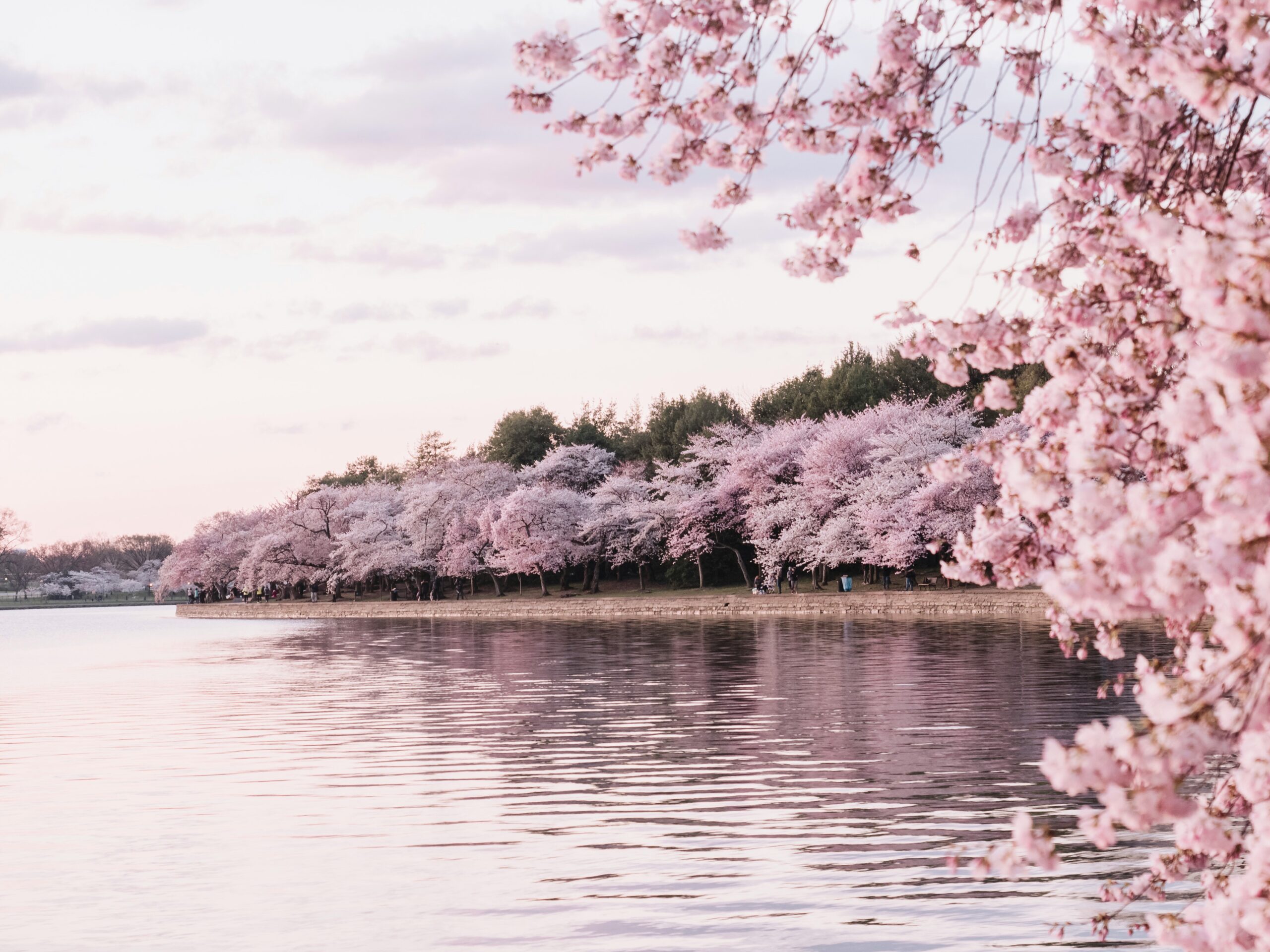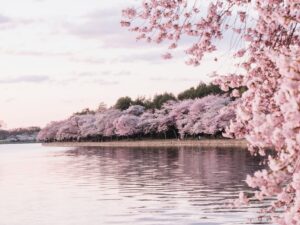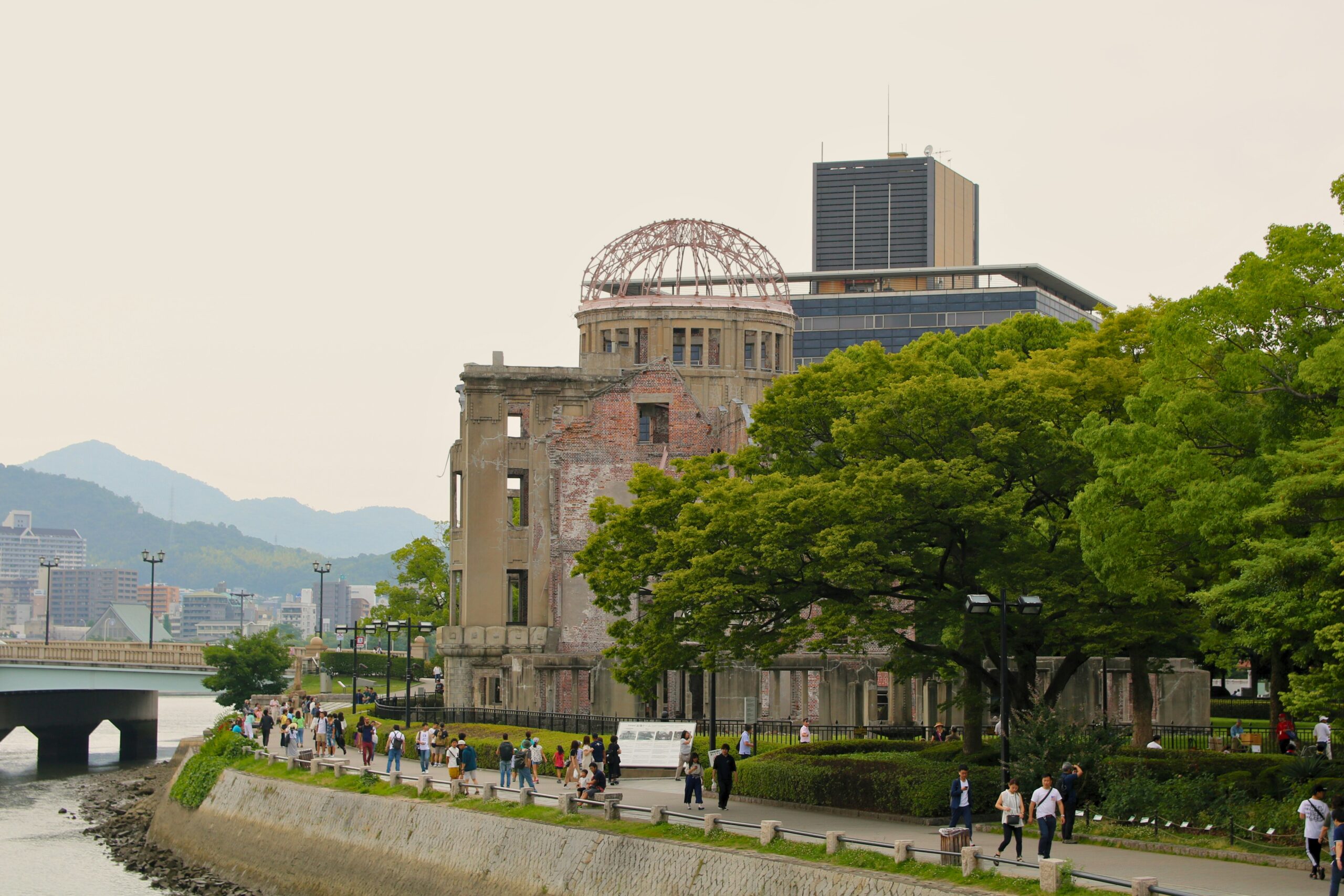Cherry Blossoms in Japan: A Timeless Dance of Nature and Culture


When spring arrives in Japan, the country transforms into a living canvas painted with delicate shades of pink and white. Streets, parks, temples, and riversides bloom with sakura—cherry blossoms that have captured hearts for centuries. More than just flowers, cherry blossoms are symbols of beauty, impermanence, and cultural pride. To witness them in full bloom is to experience Japan at its most poetic.
The Captivating Beauty of Sakura
Cherry blossoms are admired worldwide for their elegance. Each bloom is fragile, soft, and short-lived, yet when thousands of trees bloom together, they create an ethereal landscape. The sight of petals drifting in the breeze feels like nature’s own snowfall, only gentler and more romantic.
What makes sakura truly special is their fleeting life. Peak bloom lasts only about one to two weeks, after which the petals scatter, covering the ground in a pink carpet. This impermanence makes every blossom season unique—a once-in-a-year celebration that cannot be repeated in exactly the same way.
Symbolism and Meaning
In Japan, sakura are much more than seasonal flowers. They are cultural icons that symbolize the fragility of life and the beauty of living in the moment. Rooted in Buddhist philosophy, cherry blossoms reflect the concept of impermanence—that all things, no matter how beautiful, are temporary.
During the samurai era, cherry blossoms were admired as symbols of the warrior’s life: noble, brief, and often ending suddenly. For poets and writers, they became metaphors for love, youth, and the passing of time. Even today, sakura remind people to appreciate the present, to pause, and to reflect on life’s delicate beauty.
Hanami: The Joy of Flower Viewing
One of Japan’s most cherished traditions is hanami, or “flower viewing.” Families, friends, and colleagues gather under blooming cherry trees to enjoy picnics filled with food, sake, and conversation. Parks buzz with energy, yet the atmosphere remains peaceful, as everyone collectively admires nature’s fleeting spectacle.
Children play, couples stroll hand-in-hand, and photographers capture the blossoms from every angle. As the sun sets, the celebration continues with yozakura—nighttime viewing—where lanterns and soft lights illuminate the trees, creating a dreamlike glow.
Hanami is more than just a picnic; it is a celebration of togetherness. Sharing the fleeting beauty of sakura strengthens relationships and leaves behind memories as timeless as the blossoms themselves.
Famous Cherry Blossom Spots
Japan offers countless breathtaking spots to enjoy cherry blossoms, each with its own charm:
-
Tokyo’s Ueno Park: Over 1,000 cherry trees line the pathways, making it one of the busiest and most iconic hanami spots.
-
Kyoto’s Maruyama Park: Known for its giant weeping cherry tree that glows beautifully under night illumination.
-
Osaka Castle Park: Sakura bloom against the backdrop of the historic castle, blending history with natural beauty.
-
Mount Yoshino, Nara: A UNESCO World Heritage site boasting more than 30,000 cherry trees covering the mountainside.
-
Hirosaki Castle, Aomori: Famous for moats filled with floating petals, creating a breathtaking, fairytale-like scene.
From north to south, each region has its own bloom calendar, so the sakura season stretches across the country from March to May. Travelers can even chase the blossoms from one city to another.
Sakura in Modern Japan
Beyond tradition, sakura continue to influence modern Japan. They appear on kimono patterns, home décor, food packaging, and even in technology themes. Seasonal treats like sakura mochi (sweet rice cakes wrapped in cherry leaves) and sakura-flavored drinks are eagerly awaited every spring.
For businesses, sakura symbolize renewal and fresh beginnings. The Japanese fiscal and school year both start in April—exactly when cherry blossoms bloom. This timing creates a powerful connection between new opportunities and nature’s seasonal cycle.
The Petal’s Lesson: Living in the Moment
Cherry blossoms teach an important life lesson: beauty lies in the present. They bloom brilliantly yet briefly, reminding us to enjoy what we have now, rather than waiting for tomorrow. This philosophy, deeply rooted in Japanese culture, inspires people to pause during the busy modern life and reflect on gratitude, love, and connection.
Standing under a sky filled with sakura is not just a visual delight—it is a gentle reminder that life, like the blossoms, is short and precious.
Conclusion
Cherry blossoms are far more than seasonal flowers in Japan; they are symbols of love, hope, renewal, and the passage of time. Their short but brilliant bloom inspires joy, reflection, and togetherness. Whether you experience them in bustling Tokyo parks, serene Kyoto temples, or the mountain slopes of Yoshino, sakura will leave you with memories that last a lifetime.
In the end, cherry blossoms embody a universal truth: beauty is fleeting, but it is that very impermanence that makes it so precious.





